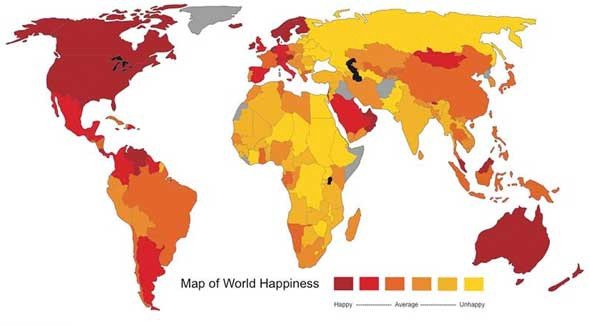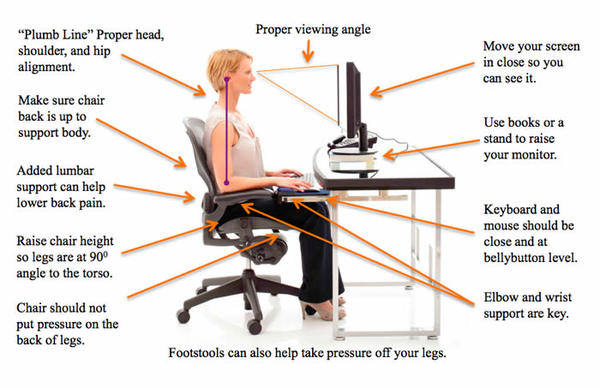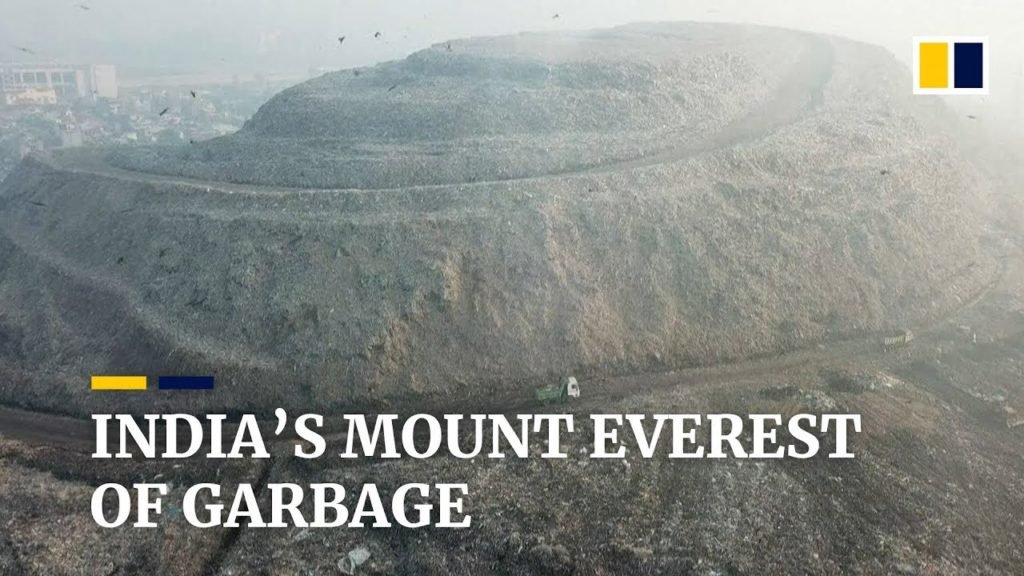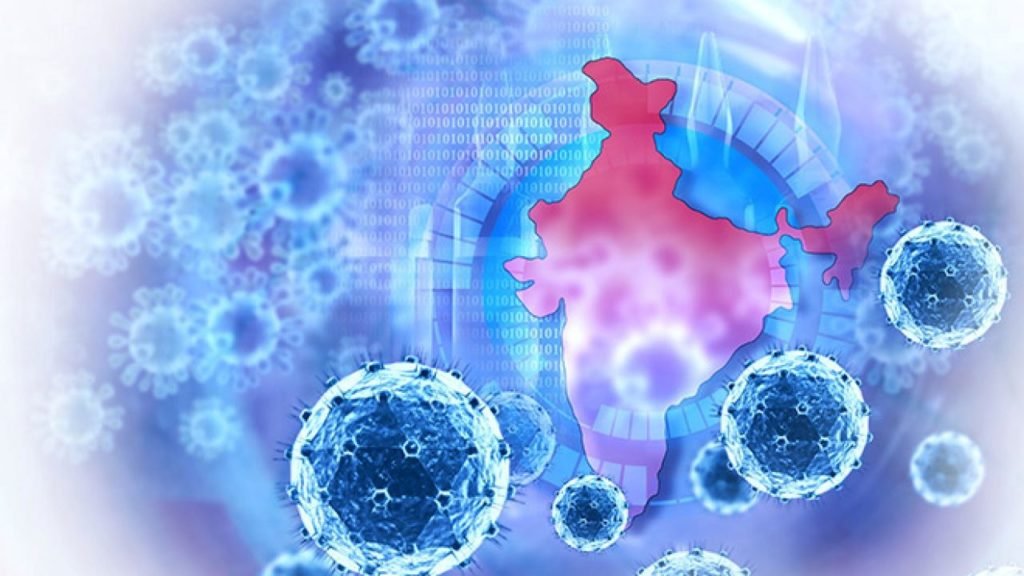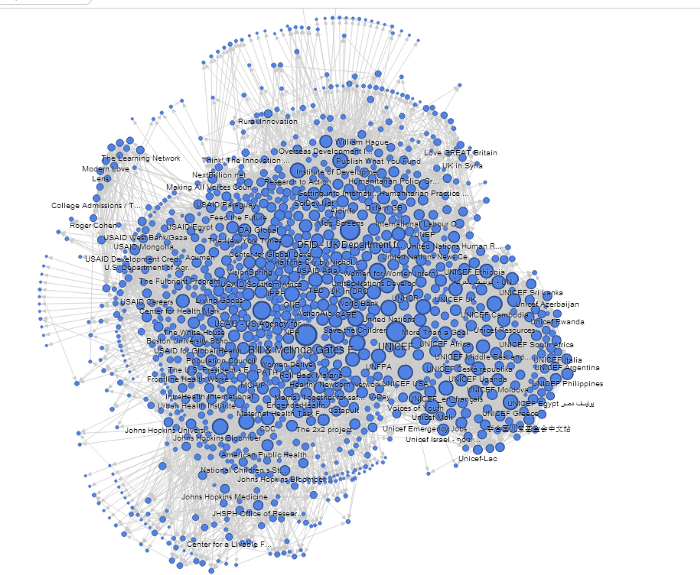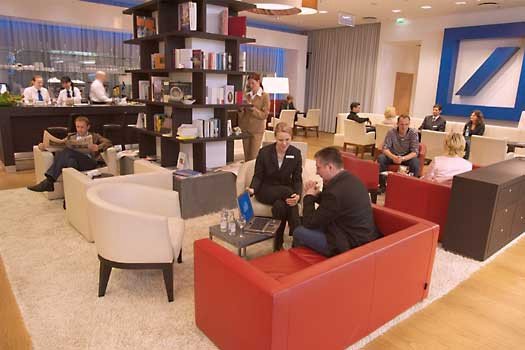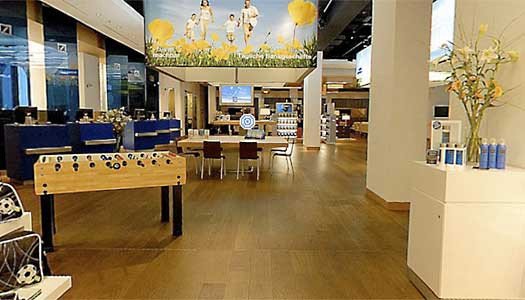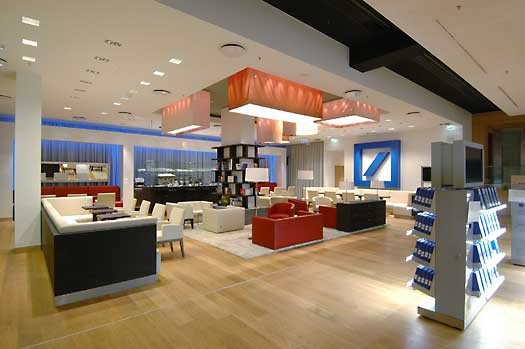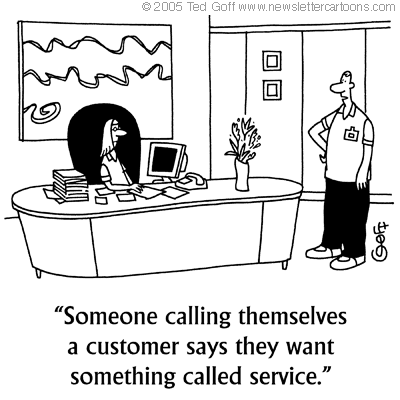Are we myopically focused on the “user,” in a world of complex systems and services?

Today the world is a complex web of various systems interacting with each other in an interdependent network. Simple to the most complex, everything is a system; education, town planning, traffic management, waste management, healthcare, travel, e-commerce, food, manufacturing, all our services, etc. just to name a few.
The economy and society are experiencing a tectonic shift from products to services. It is evident that this also brings a shift in business and industry characterised by a movement from traditional goods-centered logic to emerging service-centered logic. Leaders and professionals in almost every field are increasingly required to solve complex service-centered problems, there is a great need for understanding the system, stakeholders, and their interlinking. Traditionally in a user-centered design approach, you listen to users, to understand their needs, wants, complaints and critiques. Yes, listening to customers is always wise, but acceding to their requests can lead to overly complex designs or you missing the point (purpose) totally.
“Systems thinking has a certain simplicity and elegance to it — basically, a shift from seeing the world as a machine to understanding it as a network.” — Fritjof Capra
To deal with this fundamental transformation in the world that is taking place, we need to shift from problem-solving (designing products) towards system thinking (designing services). In addition, the very nature of products has also changed. From being purely physical and tangible entities, they are becoming mixed entities, with both physical and virtual attributes. Also, from being individual objects that stand alone, products now are part of complex systems, becoming the touchpoints of a service.
Service design is a way of seeing service, not only from the customer’s perspective, but all the way through the entire service delivery. Service design takes into account not only the customers’ perspective but understands deeply the staff, leadership, available infrastructure, technology to be deployed, communication methods and tools, and the culture of that organisation. The whole service is defined by its purpose.
Six service design principles:
- Human-centred: Consider the experience of all the people affected by the service.
- Collaborative: Stakeholders of various backgrounds and functions should be actively engaged in the service design process.
- Iterative: Service design is an exploratory, adaptive, and experimental approach, iterating toward implementation.
- Sequential: The service should be visualised and orchestrated as a sequence of interrelated actions.
- Real: Needs should be researched in reality, ideas prototyped in reality, and intangible values evidenced as physical or digital reality.
- Holistic: Services should sustainably address the needs of all stakeholders throughout the entire service and across the business.
A successful service design is when the service is user-friendly and relevant to the users while being sustainable and competitive for the service provider. To achieve this, service design engages various disciplines like design, technology, ethnography, economics, psychology to business management to data sciences. Any service must be understood end to end, creating an outside-in view of the organisation as a system and not looking at solving micro problems only. The purpose of systems thinking in a service design project is not only to solve problems but also to create desirable outcomes for all the stakeholders.
- Global Food Systems Map: https://www.cerealsgrains.org/publications/cfw/2019/jan-feb/Pages/CFW-64-1-0010.aspx
- Six service design principles are from the book ~This Is Service Design Doing: Applying Service Design Thinking in the Real World, by Adam Lawrence, Jakob Schneider, Marc Stickdorn, and Markus Edgar Hormess.
(This Perspective was originally published on May 4, 2021 by Shekhar Badve on LinkedIn)

